THE PEACE DOVE: a visual creation by Roberta Miscia
Peace Artwork and Snow Flowers and Crystals
Peace Artwork by Roberta Miscia
 JOIN HANDS FOR PEACE: a visual image by Roberta Miscia
JOIN HANDS FOR PEACE: a visual image by Roberta Miscia
 Poem “FROM THE WATCHFUL IMAGE” a visual creation by Roberta Miscia
Poem “FROM THE WATCHFUL IMAGE” a visual creation by Roberta Miscia
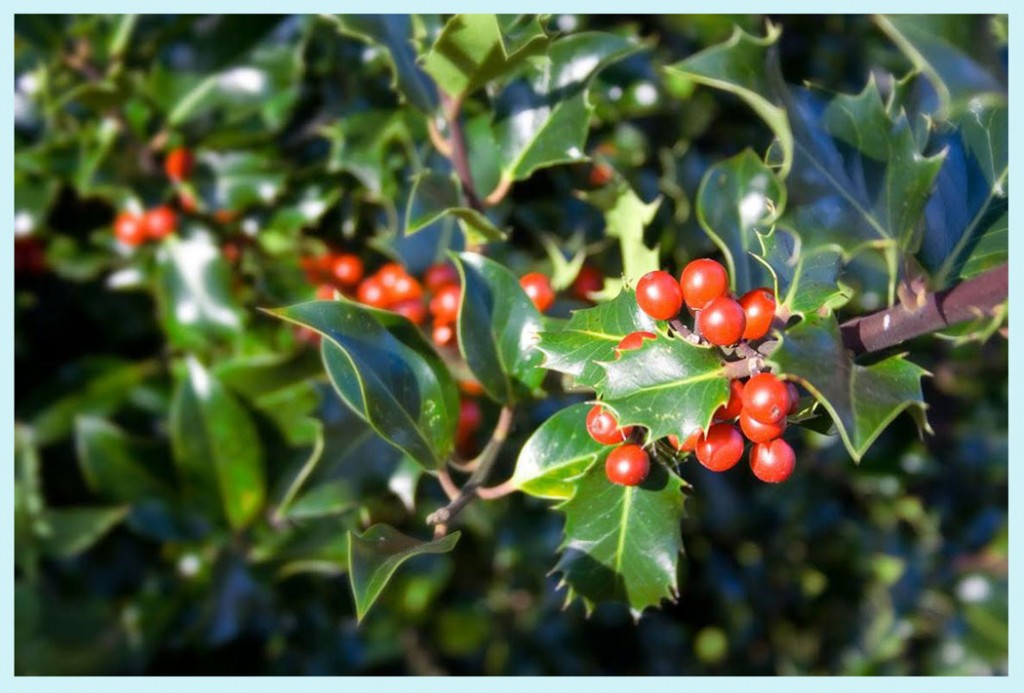 Roberta Miscia sent this mistletoe picture to me for friendship
Roberta Miscia sent this mistletoe picture to me for friendship
Snow Flowers and Snow Crystal
February 2015
After I received Roberta Miscia’s students’ Human Rights project from Italy, I intended to do the research on child soldiers, child labor and Woman Rights on abused women. I finished a project on Child Soldiers and posted it on my blog page on Monday, February 23, 2015. I was so sad and felt very unhappy for the children that were abused by uncivilized groups of people who harm children. I can no longer continue to do the projects on child labor and abused women. I have to take a break from these projects. If I continue to do them I probably will be sick both mentally and physically
I took video and photographs of snow in our backyard garden and the snow crystals on the kitchen window on February 19th through the 21st. I started to clean the photos and let my mind wonder remembering the snow flowers on the butterfly bush trees. I remembered the little light that showed through the fence. I wish the little light inside of me would be brighter allowing me to enjoy nature and simple things in life again. When life gets tough and makes us unhappy we have to find things to make the light inside of us brighter so we can go on to the next day and hope that the future will be better for children and adults alike.
Ing-On Vibulbhan-Watts, Thursday, March 6, 2015
Beauty Reappears
In late evening
Light is dim
Snow comes down
Over bare branches
Of butterfly bush trees
Changing with the weather
Without green leaves
Admiring snow flowers
As beauty reappears
Ing-On Vibulbhan-Watts, Monday, February 23, 2015
The Light Inside Me
Leaping light by the fence
Reaching out
See the light over there
Near but far
Holding it not in my hands
Trying to reach the light
Hope this light will brighten in me
No longer reaching out far
Just the light inside me
Ing-On Vibulbhan-Watts, Tuesday, February 24, 2015
I started to experiment with colors doing some artwork. The art work that came out I named Embryo. The subject of embryo reminded me of taking classes in biology at Rutgers University in Newark. I felt like I wanted to refresh my memory on this subject hence I did some reading from different websites. I decided to include some pictures and the information on embryos and also pictures and information on snow crystals.
I find that it is more enjoyable to produce and create something that may give others happiness beside myself. The more I learn the more I want to know more, and there is abundant information on internet to acquire. I appreciate people who spent time to share the information. A lot of people have contributed their knowledge to others and some of them do so without any profit. But we do not hear much about these people. There are some small groups of people who like to cause trouble, create wars, and abuse other people. Often they use technology such as internet facilities for their gain. We hear much about them and they are groups of people that cause the regression of civilization. I wish they would be more civilized and better human beings for themselves and society. We all affect each other for better or worst right here on earth, no where else.
Ing-On Vibulbhan-Watts, Thursday, March 6, 2015
Embryo
From Wikipedia, the free encyclopedia
For other uses, see Embryo (disambiguation).
An embryo is a multicellular diploid eukaryote in its earliest stage of development, from the time of fertilization until birth, hatching, or germination.
In humans, an embryo is generally considered to be between the first and the eighth week of development after fertilization[1] and from then it is instead called a fetus. Some definitions consider embryological life to start at the third week of development to the eighth, when most organ systems are developing.[2]
The development of the embryo is called embryogenesis. In organisms that reproduce sexually, once a sperm fertilizes an egg cell, the result is a cell called the zygote, which possesses half the DNA of each of its two parents. In plants, animals, and some protists, the zygote will begin to divide by mitosis to produce a multicellular organism. The result of this process is an embryo.
Etymology
First attested in English in the mid-14c., the word embryon derives from Medieval Latin embryo, itself from Greek ??????? (embruon), lit. “young one”,[3] which is the neuter of ??????? (embruos), lit. “growing in”,[4] from ?? (en), “in”[5] + ???? (bru?), “swell, be full”;[6] the proper Latinised form of the Greek term would be embryum.
Human
 At left is an embryo 4 weeks after fertilization (i.e. 6 weeks LMP). At right is a fetus 8 weeks after fertilization (i.e. 10 weeks LMP).
At left is an embryo 4 weeks after fertilization (i.e. 6 weeks LMP). At right is a fetus 8 weeks after fertilization (i.e. 10 weeks LMP).
 An embryo 8 weeks after fertilization (i.e. 10 weeks LMP)
An embryo 8 weeks after fertilization (i.e. 10 weeks LMP)
See also: Human embryogenesis and Prenatal development
In this stage of human development, the human is highly undeveloped. Below is the process of how an embryo transforms.
Week 1–3
5–7 days after fertilization, the blastocyst attaches to the wall of the uterus (endometrium). When it comes into contact with the endometrium it performs implantation. Implantation connections between the mother and the embryo will begin to form, including the umbilical cord. The embryo’s growth centers around an axis, which will become the spine and spinal cord. The brain, spinal cord, heart, and gastrointestinal tract begin to form.[7]
Week 4–5
Chemicals produced by the embryo stop the mother’s menstrual cycle. Neurogenesis is underway, showing brain activity at about the 6th week.[8] The heart will begin to beat around the same time. Limb buds appear where arms and legs will grow later. Organogenesis begins. The head represents about one half of the embryo’s axial length, and more than half of the embryo’s mass. The brain develops into five areas. Tissue formation occurs that develops into the vertebra and some other bones. The heart starts to beat and blood starts to flow.[7]
Week 6–8
Myogenesis and neurogenesis have progressed to where the embryo is capable of motion, and the eyes begin to form. Organogenesis and growth continue. Hair has started to form along with all essential organs. Facial features are beginning to develop. At the end of the 8th week, the embryonic stage is over, and the fetal stage begins.[7]
The majority of induced abortions occur during the embryonic period. For example, in England and Wales during 2006, 68% of them occurred by the end of the embryonic period.[14]
Induced (i.e. purposeful) abortion of an embryo may be accomplished by a variety of methods, including both pharmaceutical and surgical techniques. Vacuum aspiration is the most common surgical method of aborting an embryo within the United States.[15]
Common reasons for purposely aborting an embryo include a desire to delay or end childbearing, concern over the interruption of work or education, issues of financial or relationship stability, perceived immaturity and health concerns.[16][17]
Use in ART and diagnosis
Embryos are used in various techniques of assisted reproductive technology, such as in vitro fertilization and embryo donation. They may be subject to embryo cryopreservation for later use if IVF procedures have resulted in more embryos than is currently needed. Some aspects, e.g. selective reduction, are issues in the beginning of pregnancy controversy.
Prenatal diagnosis or preimplantation diagnosis involves testing embryos for diseases or conditions.
Viability
As of 1999, current medical technology does not allow an embryo to survive outside the uterus under any circumstances, or to be transplanted from the uterus of one woman to that of another.[18] A human embryo is therefore not considered viable.
Research
Human embryos are being researched to determine their use in treating diseases. Their use in stem cell research, reproductive cloning, and germline engineering are currently being explored. The morality of this type of research is debated because an embryo is often used.[19][20][21]
Other species
Other animals
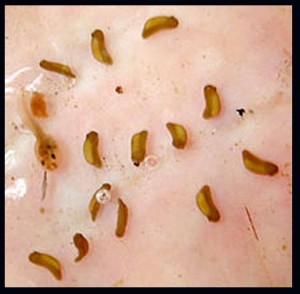 Embryos (and one tadpole) of the wrinkled frog (Rana rugosa)
Embryos (and one tadpole) of the wrinkled frog (Rana rugosa)
In animals, the development of the zygote into an embryo proceeds through specific recognizable stages of blastula, gastrula, and organogenesis. The blastula stage typically features a fluid-filled cavity, the blastocoel, surrounded by a sphere or sheet of cells, also called blastomeres. The embryo of a placental mammal is defined as the organism between the first division of the zygote (a fertilized ovum) until it becomes a fetus. An ovum is fertilized in a fallopian tube through which it travels into the uterus. An embryo is called a fetus at a more advanced stage of development and up until birth or hatching. In humans, this is from the eighth week of gestation. However, animals which develop in eggs outside the mother’s body are usually referred to as embryos throughout development; e.g. one would refer to a chick embryo, not a “chick fetus” even at late stages.
During gastrulation the cells of the blastula undergo coordinated processes of cell division, invasion, and/or migration to form two (diploblastic) or three (triploblastic) tissue layers. In triploblastic organisms, the three germ layers are called endoderm, ectoderm, and mesoderm. The position and arrangement of the germ layers are highly species-specific, however, depending on the type of embryo produced. In vertebrates, a special population of embryonic cells called the neural crest has been proposed as a “fourth germ layer”, and is thought to have been an important novelty in the evolution of head structures.
During organogenesis, molecular and cellular interactions between germ layers, combined with the cells’ developmental potential, or competence to respond, prompt the further differentiation of organ-specific cell types.[citation needed] For example, in neurogenesis, a subpopulation of ectoderm cells is set aside to become the brain, spinal cord, and peripheral nerves. Modern developmental biology is extensively probing the molecular basis for every type of organogenesis, including angiogenesis (formation of new blood vessels from pre-existing ones), chondrogenesis (cartilage), myogenesis (muscle), osteogenesis (bone), and many others.
Generally, if a structure pre-dates another structure in evolutionary terms, then it often appears earlier than the second in an embryo; this general observation is sometimes summarized by the phrase “ontogeny recapitulates phylogeny“.[22] For example, the backbone is a common structure among all vertebrates such as fish, reptiles, and mammals, and the backbone also appears as one of the earliest structures laid out in all vertebrate embryos. The cerebrum in humans, which is the most sophisticated part of the brain, develops last. This sequencing rule is not absolute, but it is recognized as being partly applicable to development of the human embryo.
Fossilised animals
Main article: Fossil embryos
Fossilised animal embryos are known from the Precambrian, and are found in great numbers during the Cambrian period. Even fossilised dinosaur embryos have been discovered.
Plant embryos
Further information: Sporophyte
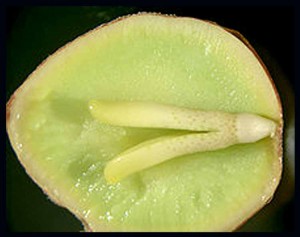 The inside of a Ginkgo seed, showing the embryo
The inside of a Ginkgo seed, showing the embryo
In botany, a seed plant embryo is part of a seed, consisting of precursor tissues for the leaves, stem (see hypocotyl), and root (see radicle), as well as one or more cotyledons. Once the embryo begins to germinate — grow out from the seed — it is called a seedling (plantlet). Bryophytes and ferns are among plants that produce an embryo, but do not produce seeds. In these plants, the embryo is a young plant that grows attached to a parental gametophyte.
See also
- The Human Embryo: Aristotle and the Arabic and European Traditions (book)
- In vitro fertilization
- Plant embryogenesis
- Pregnancy
- Prenatal development
For more information please visit Wikipedia, the link is: https://en.wikipedia.org/wiki/Embryo
Snowflake
From Wikipedia, the free encyclopedia
This article is about ice crystals which form snow. For the bulbous spring flower, see Leucojum. For other uses, see Snowflake (disambiguation) and Snowflakes (disambiguation)
 Several snowflakes photographed against a dark background, as visible to the naked eye.
Several snowflakes photographed against a dark background, as visible to the naked eye.
A snowflake is either a single ice crystal or an aggregation of ice crystals which falls through the Earth’s atmosphere.[1] They begin as snow crystals which develop when microscopic supercooled cloud droplets freeze. Snowflakes come in a variety of sizes and shapes. Complex shapes emerge as the flake moves through differing temperature and humidity regimes, such that individual snowflakes are nearly[clarification needed] unique in structure. Snowflakes encapsulated in rime form balls known as graupel. Snowflakes appear white in color despite being made of clear ice. This is due to diffuse reflection of the whole spectrum of light by the small crystal facets.[2]
Formation
In warmer clouds an aerosol particle or “ice nucleus” must be present in (or in contact with) the droplet to act as a nucleus. The particles that make ice nuclei are very rare compared to nuclei upon which liquid cloud droplets form; however, it is not understood what makes them efficient. Clays, desert dust and biological particles may be effective,[3] although to what extent is unclear. Artificial nuclei include particles of silver iodide and dry ice, and these are used to stimulate precipitation in cloud seeding.[4]
Once a droplet has frozen, it grows in the supersaturated environment, which is one where air is saturated with respect to ice when the temperature is below the freezing point. The droplet then grows by deposition of water molecules in the air (vapor) onto the ice crystal surface where they are collected. Because water droplets are so much more numerous than the ice crystals due to their sheer abundance, the crystals are able to grow to hundreds of micrometers or millimeters in size at the expense of the water droplets. This process is known as the Wegener–Bergeron–Findeisen process. The corresponding depletion of water vapor causes the droplets to evaporate, meaning that the ice crystals grow at the droplets’ expense. These large crystals are an efficient source of precipitation, since they fall through the atmosphere due to their mass, and may collide and stick together in clusters, or aggregates. These aggregates are usually the type of ice particle that falls to the ground.[5] Guinness World Records list the world’s largest (aggregate) snowflakes as those of January 1887 at Fort Keogh, Montana; allegedly one measured 15 inches (38 cm) wide. Although this report by a farmer is doubtful, aggregates of three or four inches width have been observed. Single crystals the size of a dime have been observed.[1]
The exact details of the sticking mechanism remain controversial. Possibilities include mechanical interlocking, sintering, electrostatic attraction as well as the existence of a “sticky” liquid-like layer on the crystal surface. The individual ice crystals often have hexagonal symmetry. Although the ice is clear, scattering of light by the crystal facets and hollows/imperfections mean that the crystals often appear white in color due to diffuse reflection of the whole spectrum of light by the small ice particles.[6] The shape of the snowflake is determined broadly by the temperature and humidity at which it is formed.[5] Rarely, at a temperature of around ?2 °C (28 °F), snowflakes can form in threefold symmetry — triangular snowflakes.[7] The most common snow particles are visibly irregular, although near-perfect snowflakes may be more common in pictures because they are more visually appealing. It is unlikely that any two snowflakes are alike due to the estimated 1019 (10 quintillion) water molecules which make up a typical snowflake,[8] which grow at different rates and in different patterns depending on the changing temperature and humidity within the atmosphere that the snowflake falls through on its way to the ground.[9]
Symmetry
A non-aggregated snowflake often exhibits six-fold radial symmetry. The initial symmetry can occur[10] because the crystalline structure of ice is six-fold. The six “arms” of the snowflake, or dendrites, then grow independently, and each side of each arm grows independently. Most snowflakes are not completely symmetric. The micro-environment in which the snowflake grows changes dynamically as the snowflake falls through the cloud, and tiny changes in temperature and humidity affect the way in which water molecules attach to the snowflake. Since the micro-environment (and its changes) are very nearly identical around the snowflake, each arm can grow in nearly the same way. However, being in the same micro-environment does not guarantee that each arm grow the same; indeed, for some crystal forms it does not because the underlying crystal growth mechanism also affects how fast each surface region of a crystal grows.[11] Empirical studies suggest less than 0.1% of snowflakes exhibit the ideal six-fold symmetric shape.[12]
Uniqueness
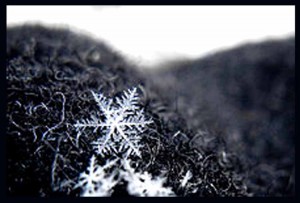 Almost all snowflakes are unique
Almost all snowflakes are unique
Snowflakes form in a wide variety of intricate shapes, leading to the popular expression that “no two are alike”. Although possible, it is very unlikely.[8][13][14] Initial attempts to find identical snowflakes by photographing thousands of them with a microscope from 1885 onward by Wilson Alwyn Bentley found the wide variety of snowflakes we know about today. In 1988, Nancy Knight was documenting snowflakes for the National Center for Atmospheric Research and found two identical snowflakes of the hollow column type.[15]
Use as a symbol
The snowflake is often a traditional seasonal image or motif used around the Christmas period, especially in Europe, the United States and Canada. It represents the traditional White Christmas. During this period it is quite popular to make paper snowflakes by folding a piece of paper several times, cutting out a pattern with scissors and then unfolding it.[16][17]
Snowflakes are also often used as symbols representing winter or cold conditions. For example, snow tires which enhance traction during harsh winter driving conditions are labelled with a snowflake on the mountain symbol.[18] A snowflake was the symbol of the 2002 Winter Olympic Games in Salt Lake City, Utah.[19]
In heraldry, the snowflake is a stylized charge, often used to represent winter or winter sports.
Three different snowflake symbols are encoded in Unicode: “snowflake” at U+2744 (?); “tight trifoliate snowflake” at U+2745 (?); and “heavy chevron snowflake” at U+2746 (?).
Gallery
A selection of photographs taken by Wilson Bentley (1865–1931):
- Timeline of snowflake research
- Koch snowflake, mathematical curve resembling a snowflake.
For more information please visit Wikipedia, the link is:
https://en.wikipedia.org/wiki/Snowflake
A Snowflake Primer
… The basic facts about snowflakes and snow crystals …
Snowflakes and snow crystals
Snowflakes and snow crystals are made of ice, and pretty much nothing more. A snow crystal, as the name implies, is a single crystal of ice. A snowflake is a more general term; it can mean an individual snow crystal, or a few snow crystals stuck together, or large agglomerations of snow crystals that form “puff-balls” that float down from the clouds.
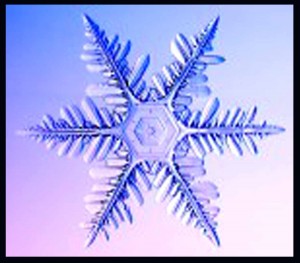 The structure of crystalline ice
The structure of crystalline ice
The water molecules in an ice crystal form a hexagonal lattice, as shown at right (the two structures show different views of the same crystal). Each red ball represents an oxygen atom, while the grey sticks represent hydrogen atoms. There are two hydrogens for each oxygen, so the chemical formula is H2O. The six-fold symmetry of snow crystals ultimately derives from the six-fold symmetry of the ice crystal lattice.
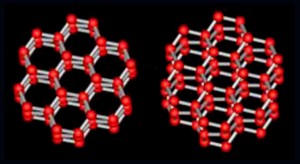 Snowflakes grow from water vapor
Snowflakes grow from water vapor
Snowflakes are not frozen raindrops. Sometimes raindrops do freeze as they fall, but this is called sleet. Sleet particles don’t have any of the elaborate and symmetrical patterning found in snow crystals. Snow crystals form when water vapor condenses directly into ice, which happens in the clouds. The patterns emerge as the crystals grow.
The simplest snowflakes
The most basic form of a snow crystal is a hexagonal prism, shown in several examples at right. This structure occurs because certain surfaces of the crystal, the facet surfaces, accumulate material very slowly (see Crystal Faceting for more details).
A hexagonal prism includes two hexagonal “basal” faces and six rectangular “prism” faces, as shown in the figure. Note that a hexagonal prism can be plate-like or columnar, depending on which facet surfaces grow most quickly. When snow crystals are very small, they are mostly in the form of simple hexagonal prisms. But as they grow, branches sprout from the corners to make more complex shapes. Snowflake Branching describes how this happens.
By growing snow crystals in the laboratory under controlled conditions, one finds that their shapes depend on the temperature and humidity. This behavior is summarized in the “morphology diagram,” shown at left, which gives the crystal shape under different conditions. Click on the picture for a closer view.
The morphology diagram tells us a great deal about what kinds of snow crystals form under what conditions. For example, we see that thin plates and stars grow around -2 C (28 F), while columns and slender needles appear near -5 C (23 F). Plates and stars again form near -15 C (5 F), and a combination of plates and columns are made around -30 C (-22 F).
Furthermore, we see from the diagram that snow crystals tend to form simpler shapes when the humidity (supersaturation) is low, while more complex shapes at higher humidities. The most extreme shapes — long needles around -5C and large, thin plates around -15C — form when the humidity is especially high.
Why snow crystal shapes change so much with temperature remains something of a scientific mystery. The growth depends on exactly how water vapor molecules are incorporated into the growing ice crystal, and the physics behind this is complex and not well understood. It is the subject of current research in my lab and elsewhere.
The story of a snowflake begins with water vapor in the air. Evaporation from oceans, lakes, and rivers puts water vapor into the air, as does transpiration from plants. Even you, every time you exhale, put water vapor into the air.
When you take a parcel of air and cool it down, at some point the water vapor it holds will begin to condense out. When this happens near the ground, the water may condense as dew on the grass. High above the ground, water vapor condenses onto dust particles in the air. It condenses into countless minute droplets, where each droplet contains at least one dust particle. A cloud is nothing more than a huge collection of these water droplets suspended in the air.
In the winter, snow-forming clouds are still mostly made of liquid water droplets, even when the temperature is below freezing. The water is said to be supercooled, meaning simply that it is cooled below the freezing point. As the clouds gets colder, however, the droplets do start to freeze. This begins happening around -10 C (14 F), but it’s a gradual process and the droplets don’t all freeze at once.
If a particular droplet freezes, it becomes a small particle of ice surrounded bythe remaining liquid water droplets in the cloud. The ice grows as water vapor condenses onto its surface, forming a snowflake in the process. As the ice grows larger, the remaining water droplets slowly evaporate and put more water vapor into the air.
Note what happens to the water — it evaporates from the water droplets and goes into the air, and it comes out of the air as it condenses on the growing snow crystals. As the snow falls there is a net flow of water from the liquid state (cloud droplets) to the solid state (snowflakes). This rather complicated chain of events is how a cloud freezes
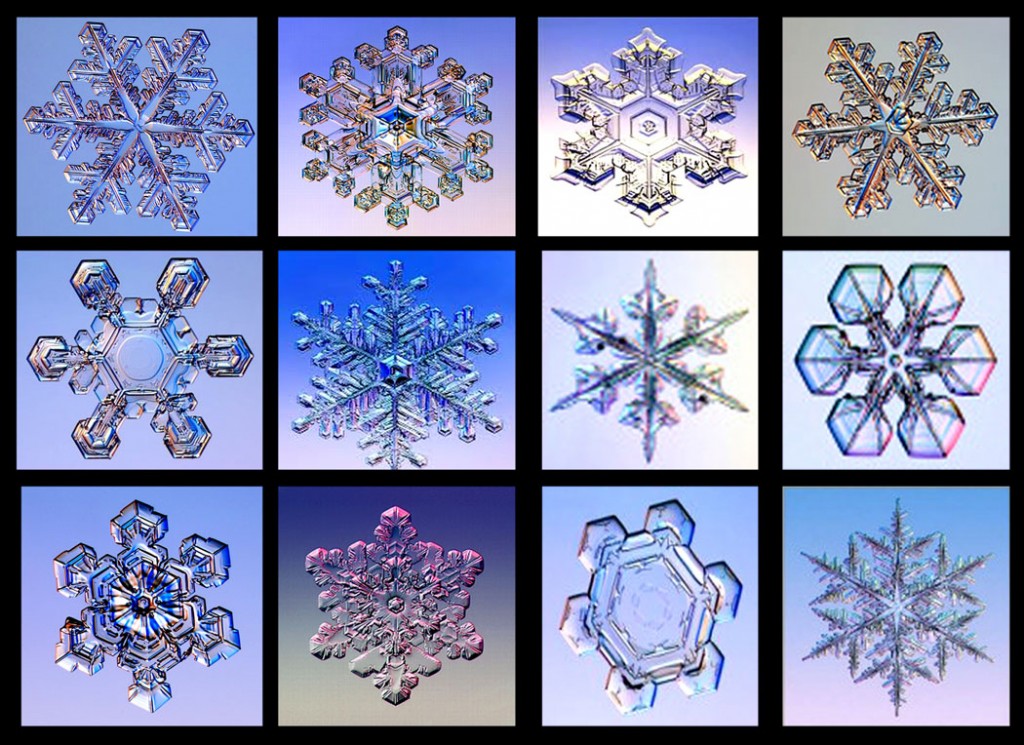 For more information please visit SnowCrystals.com
For more information please visit SnowCrystals.com
SnowCrystals.com was created by Kenneth G. Libbrecht

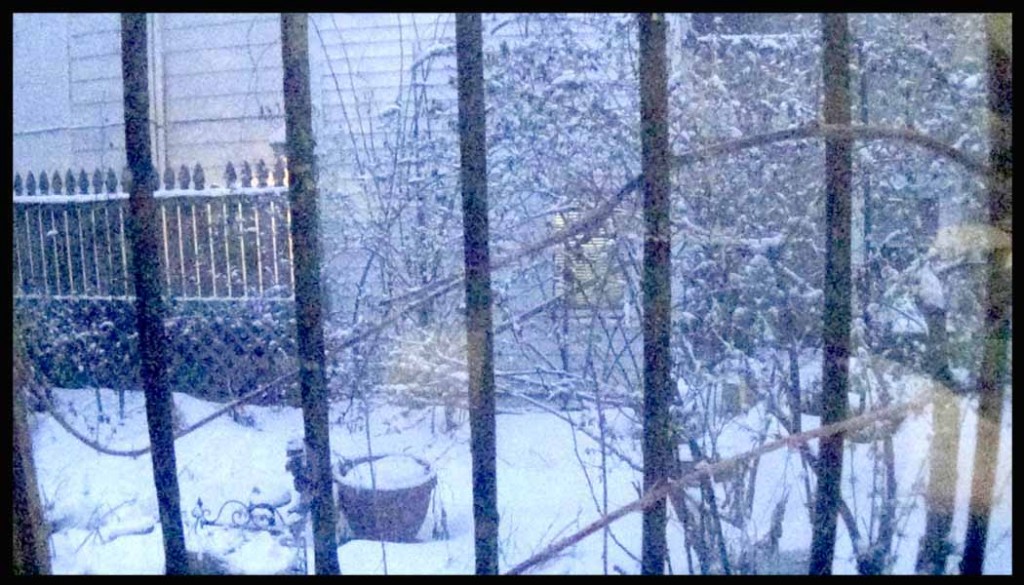

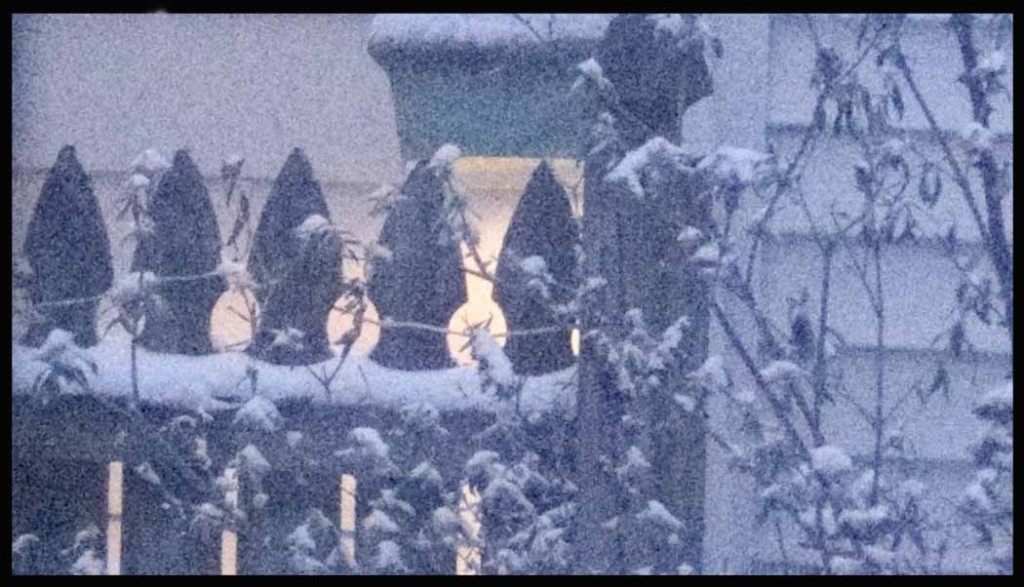
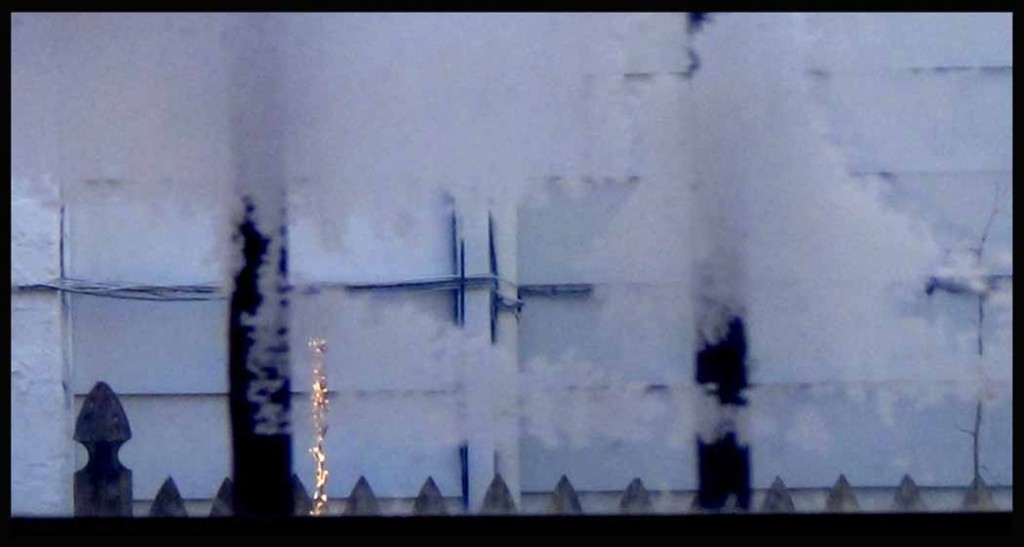
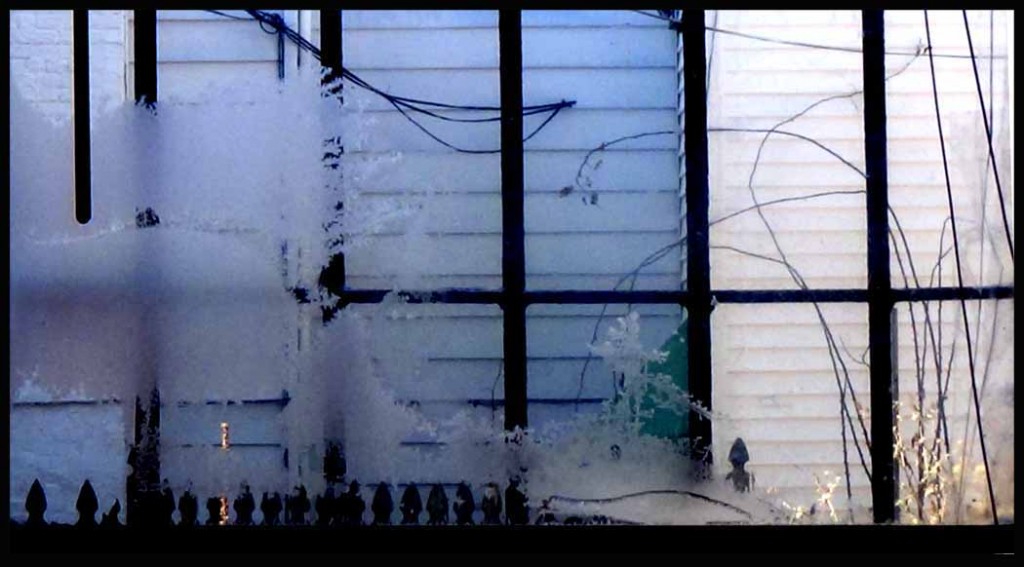
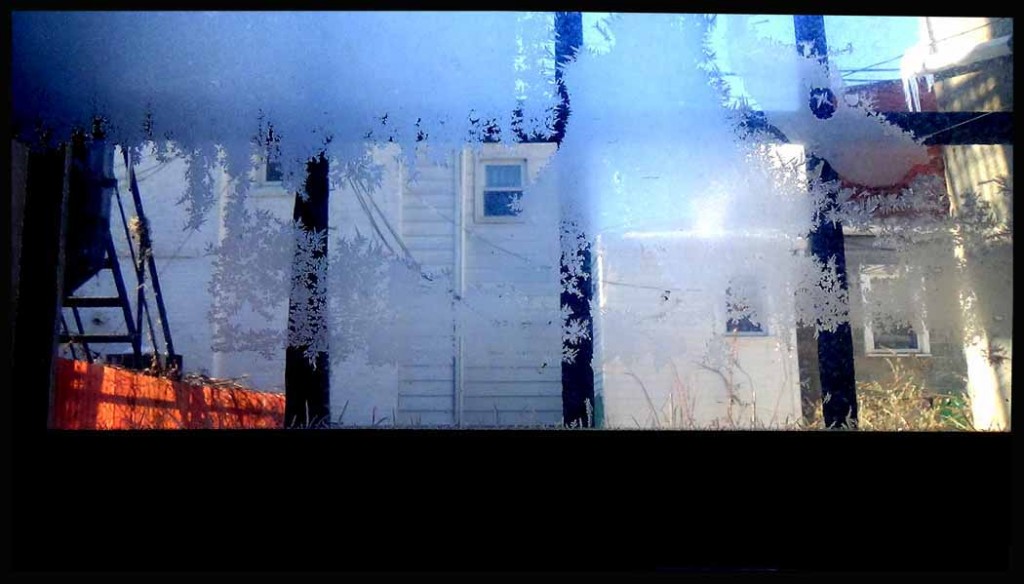
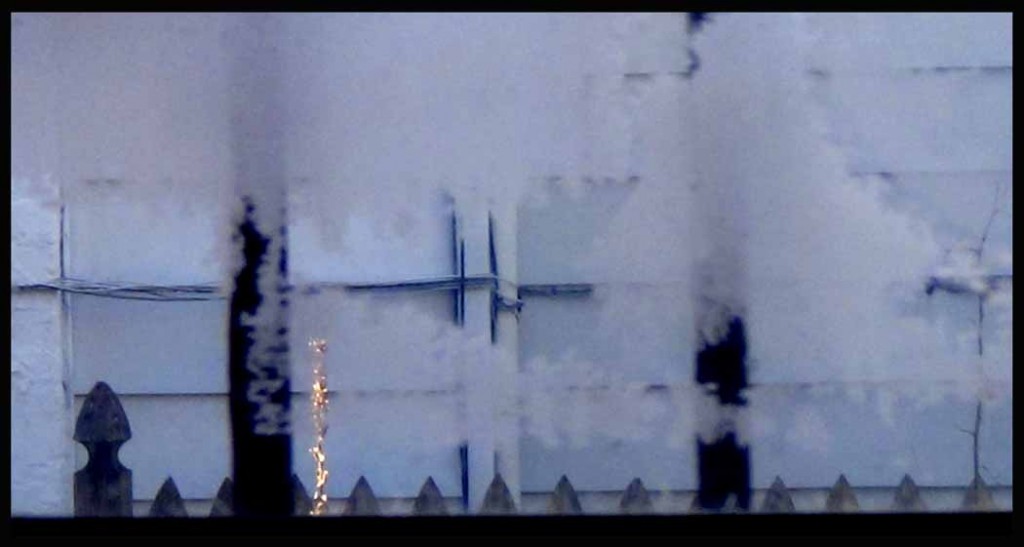
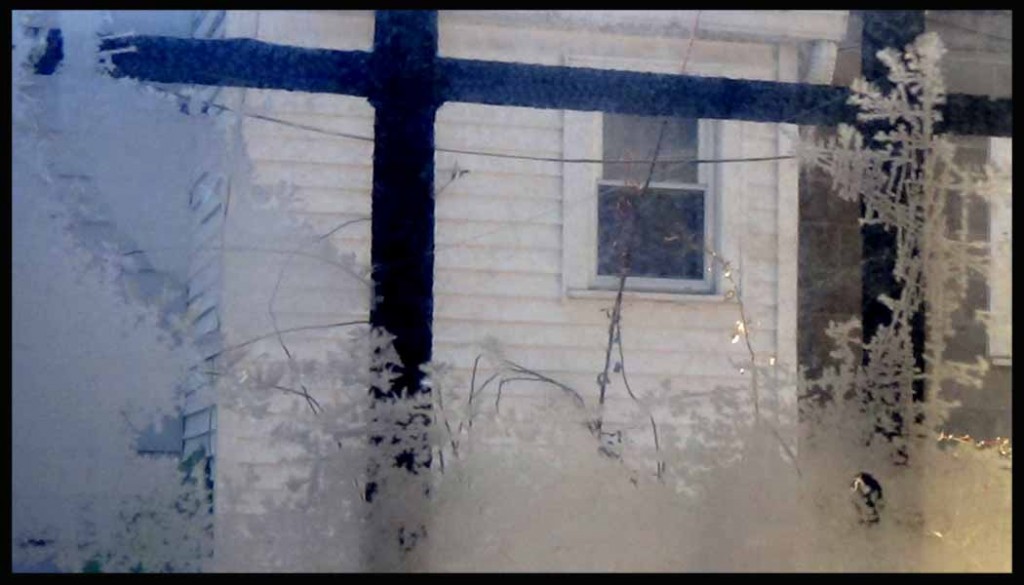
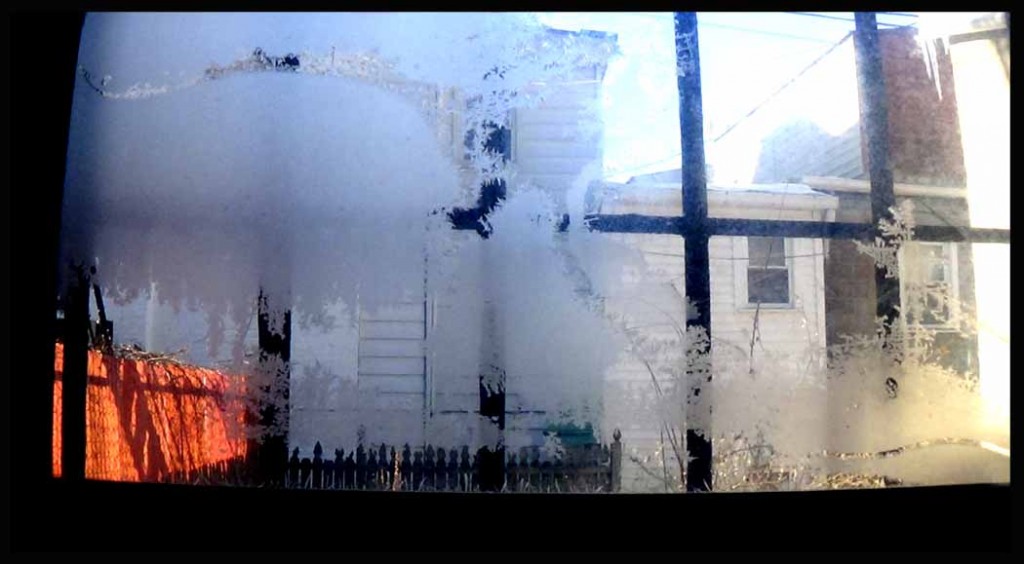
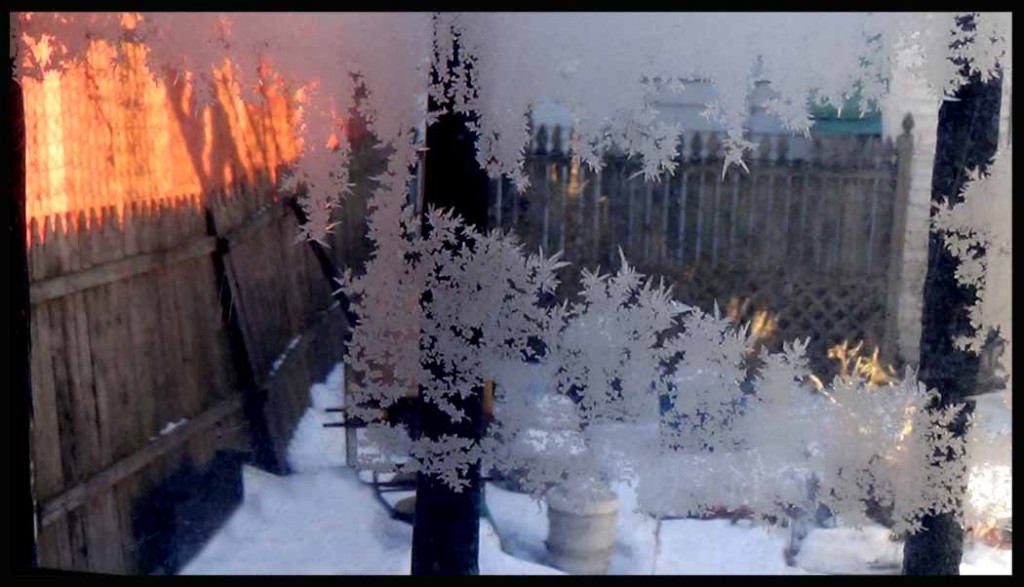
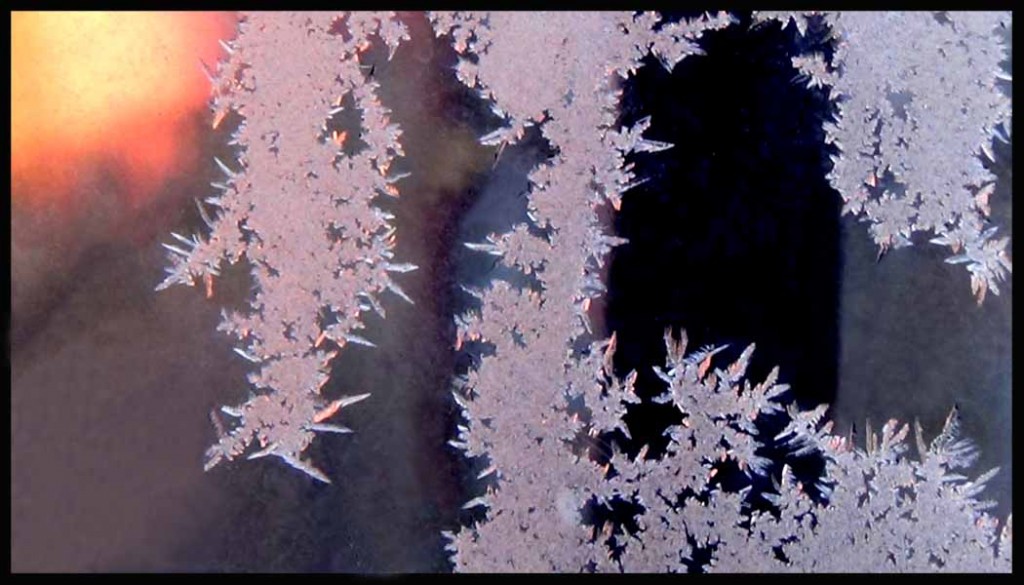
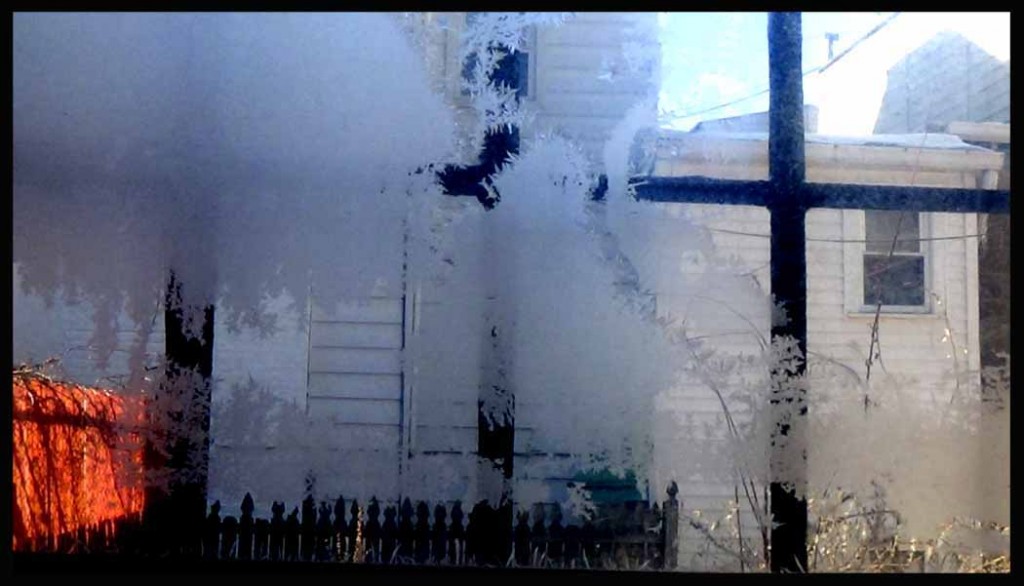
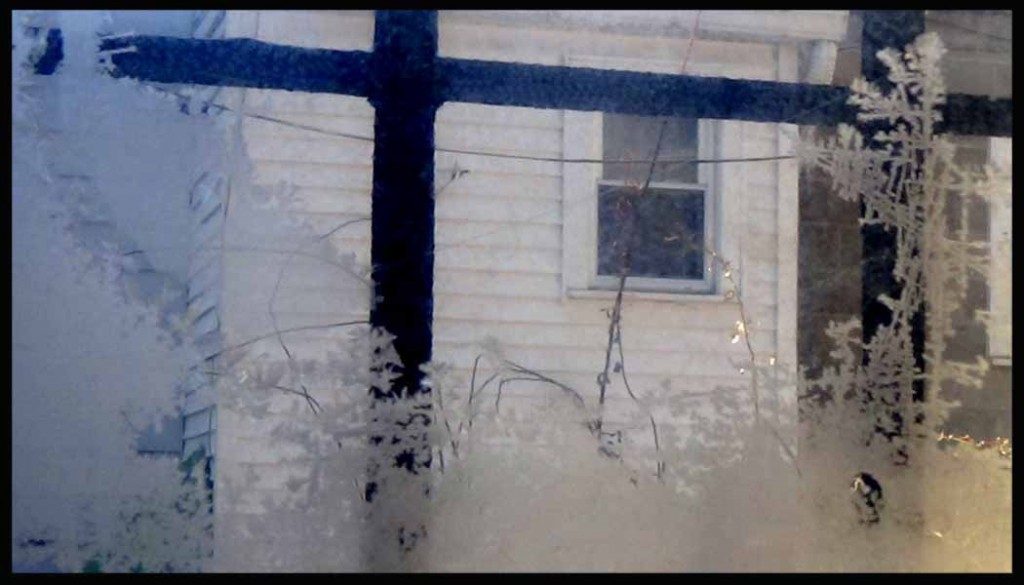
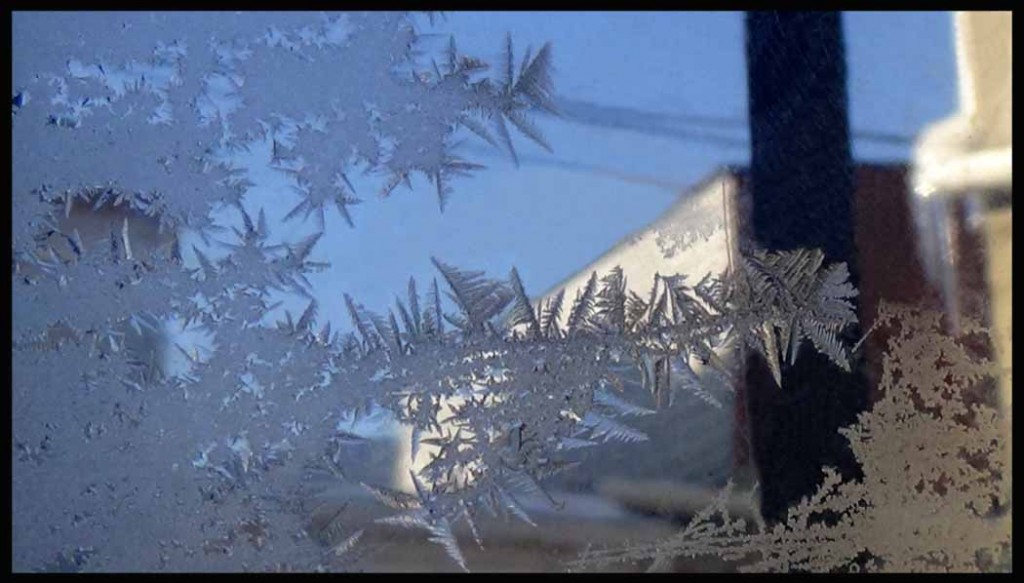
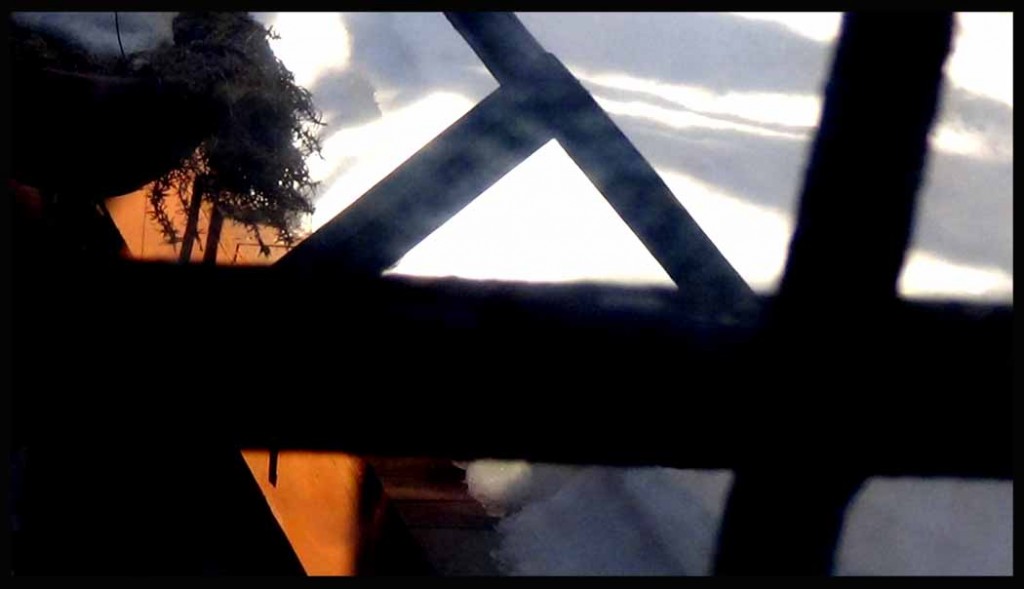

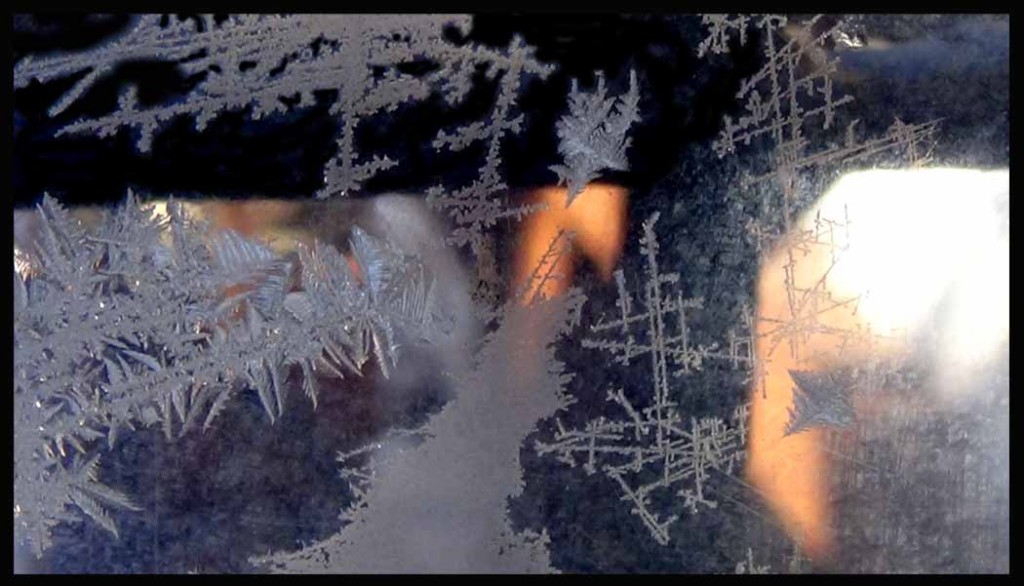
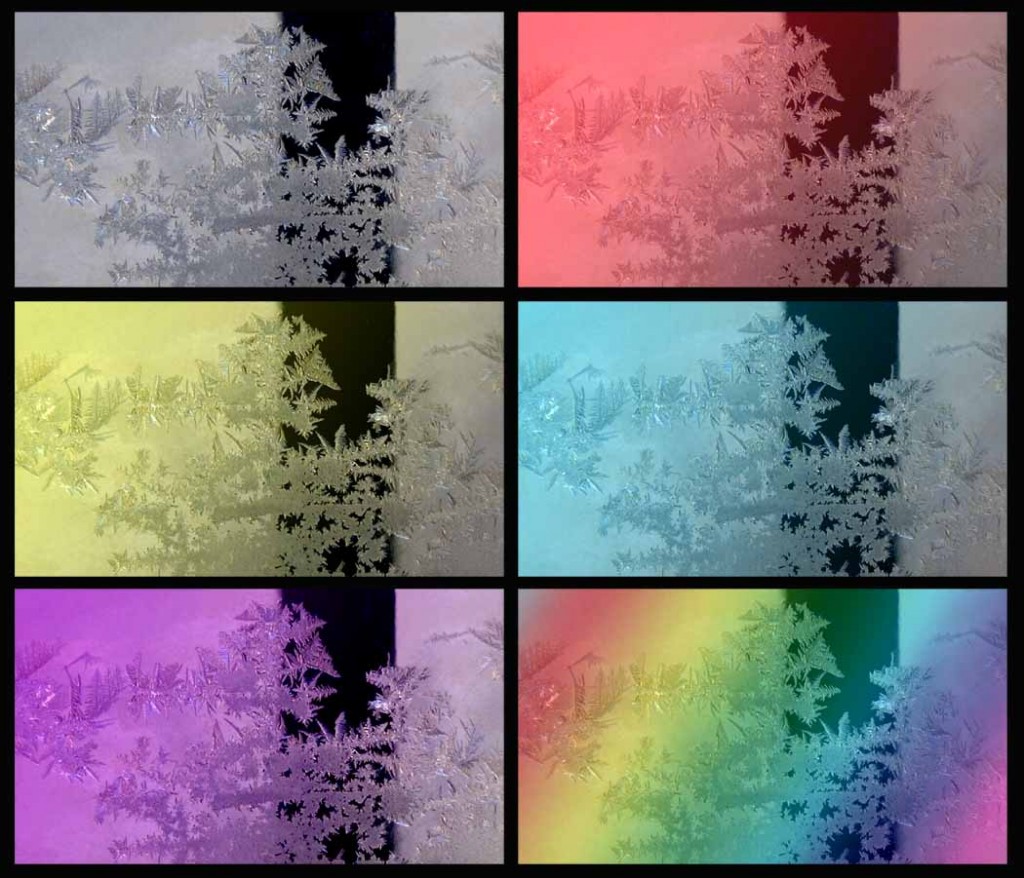
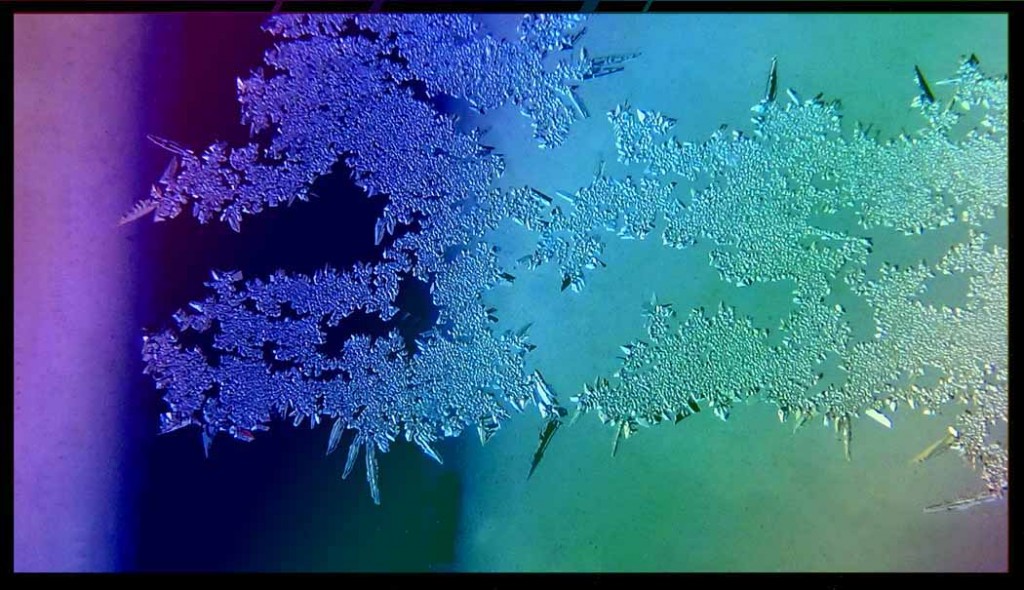
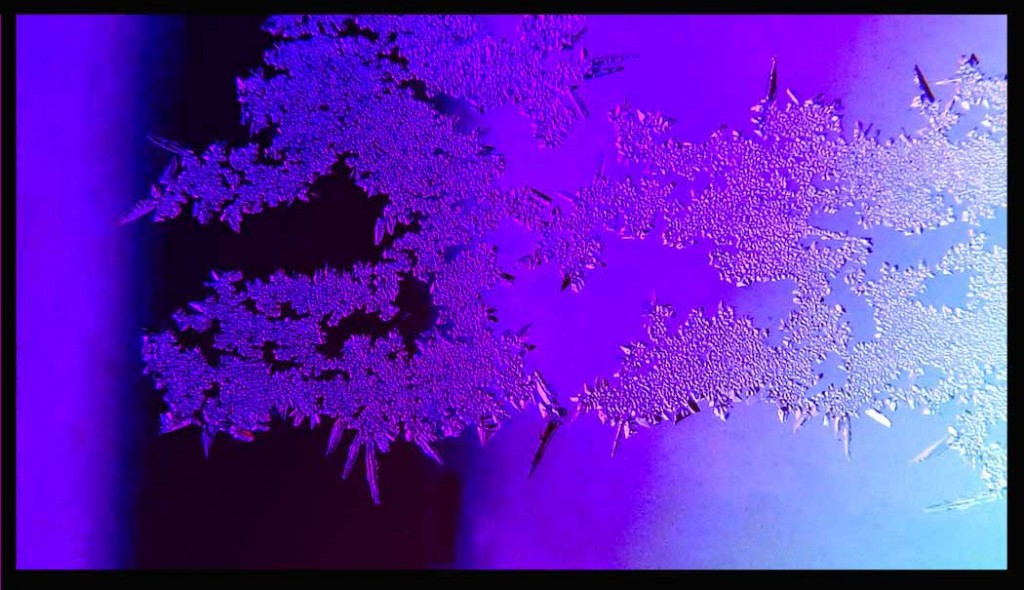
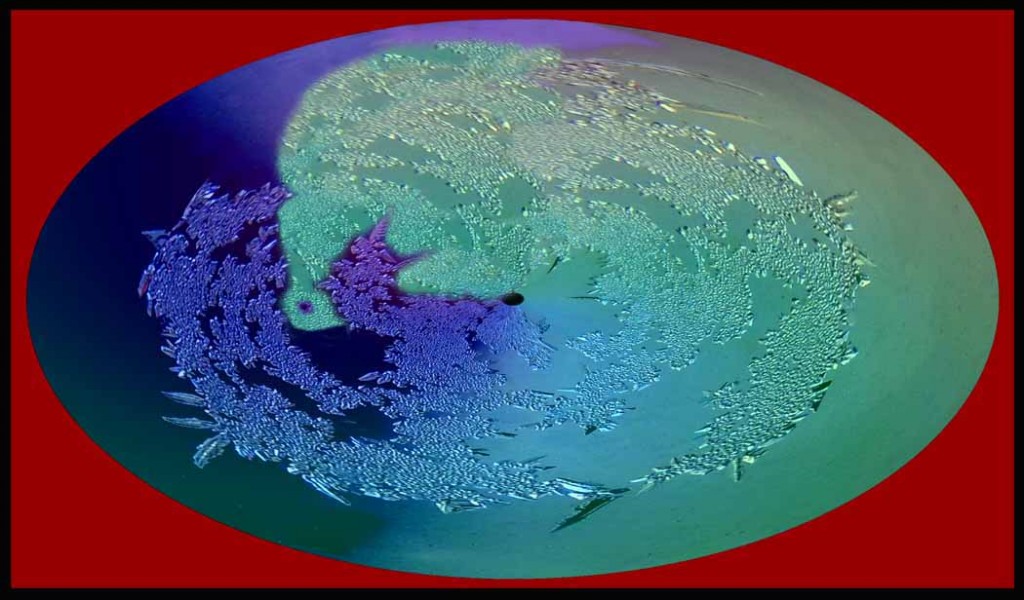
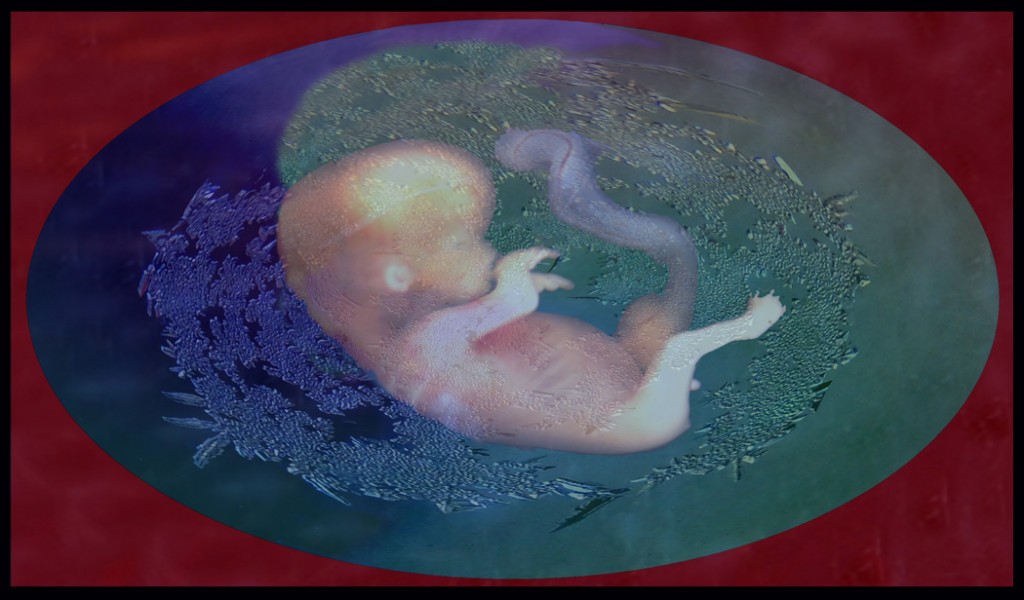
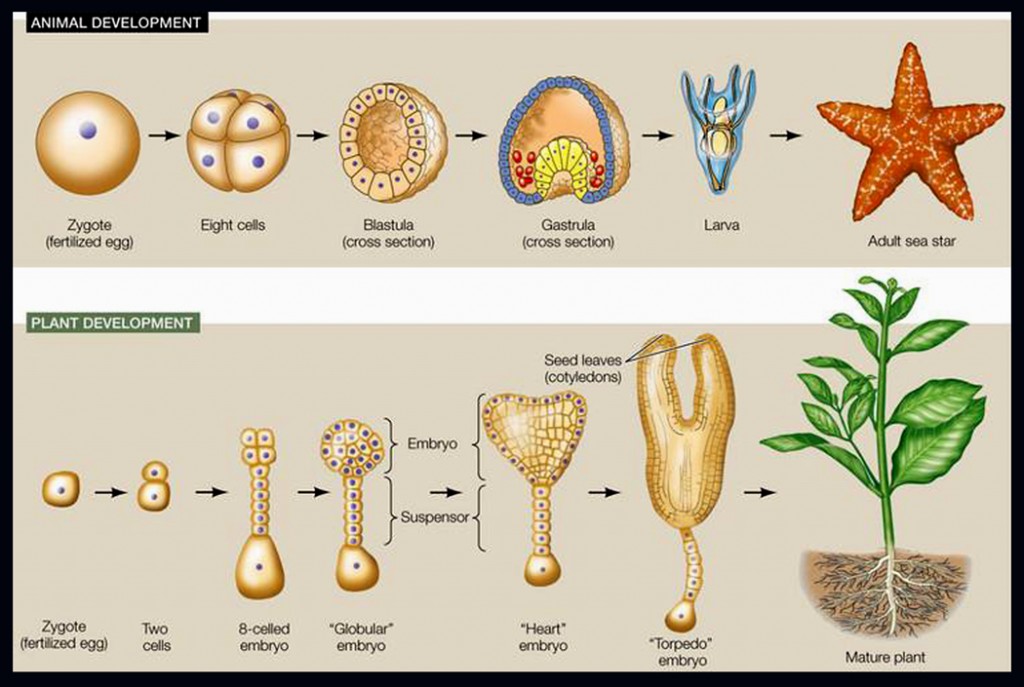
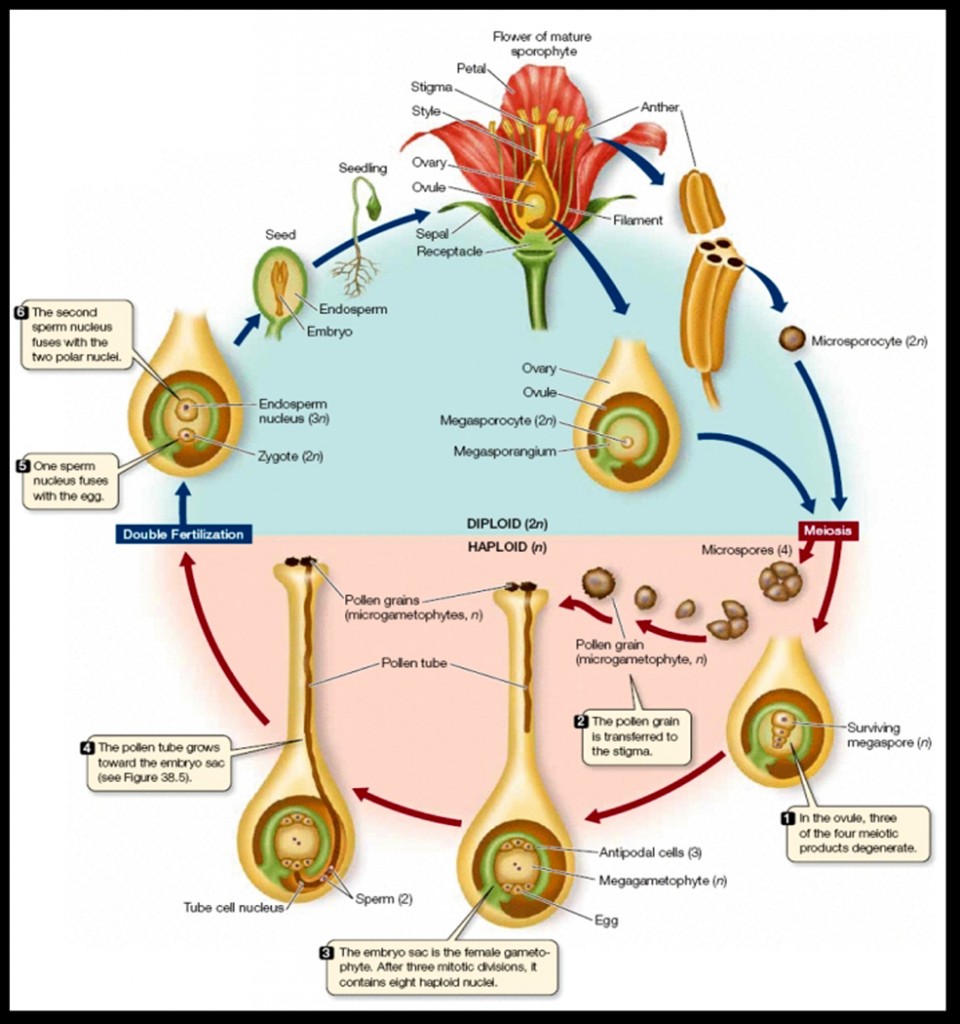


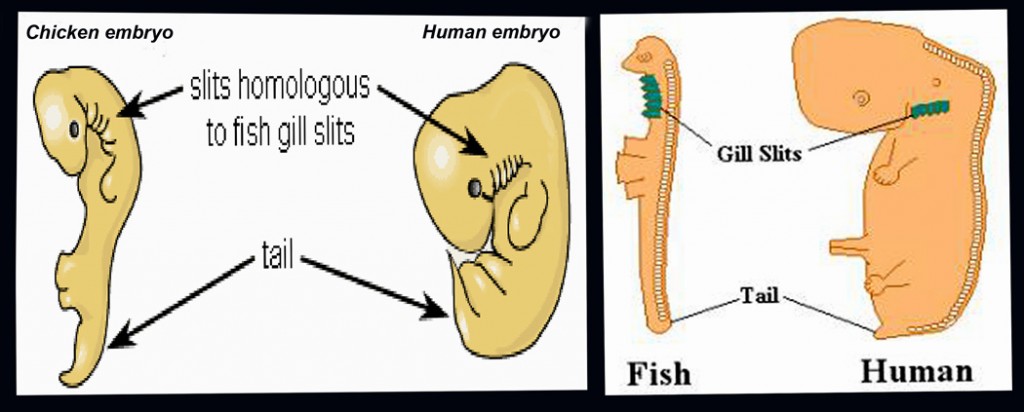
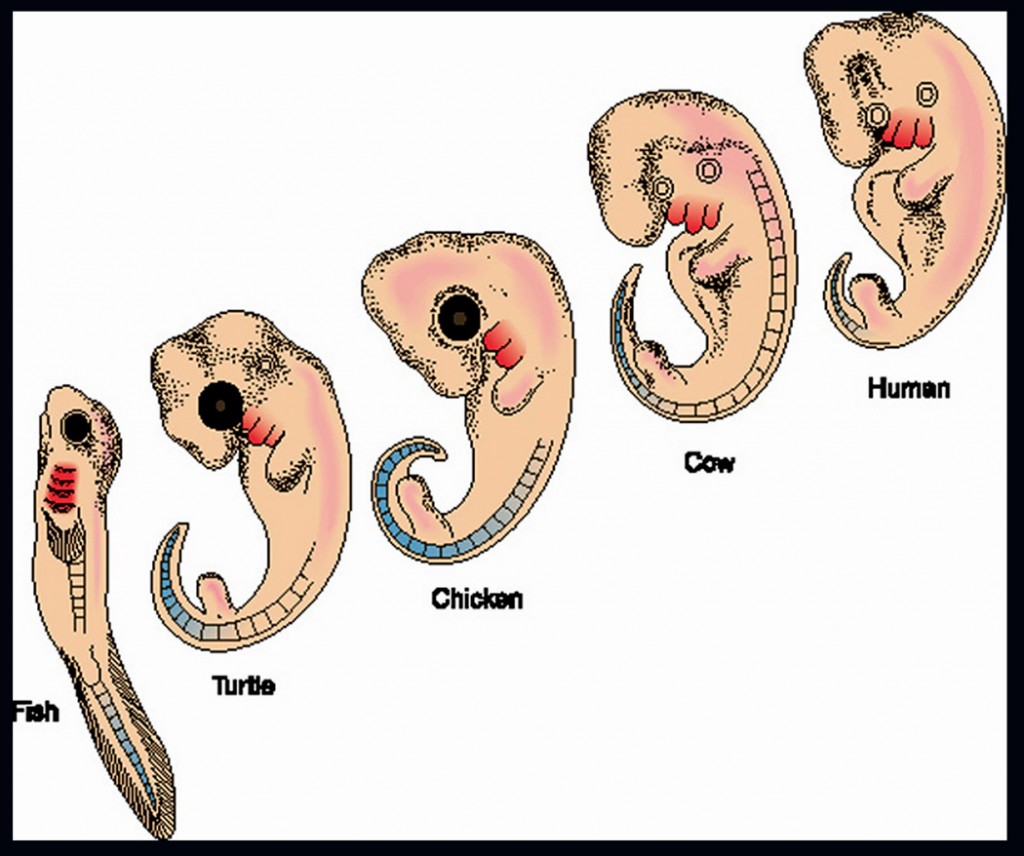
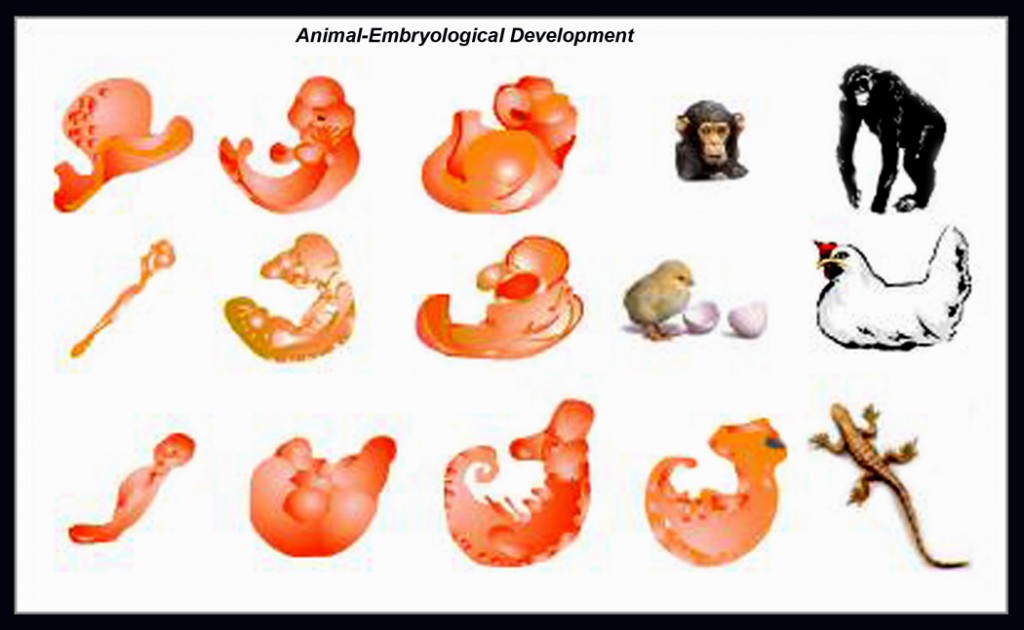
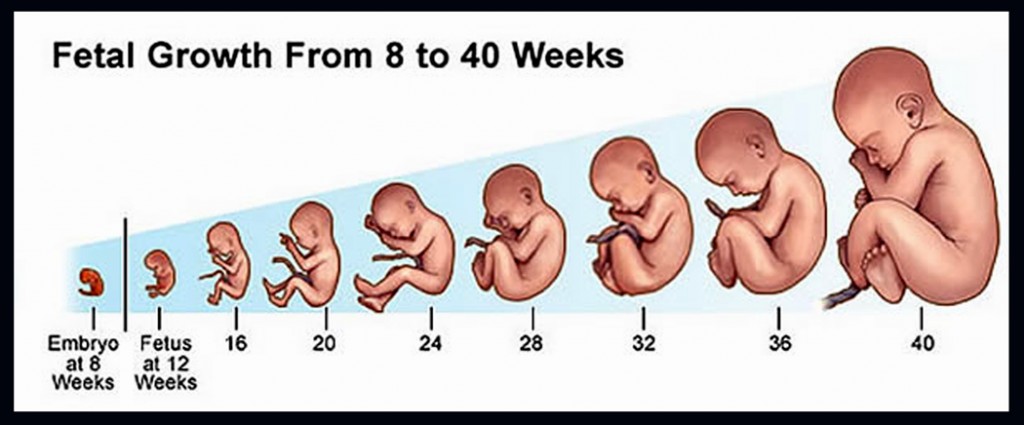
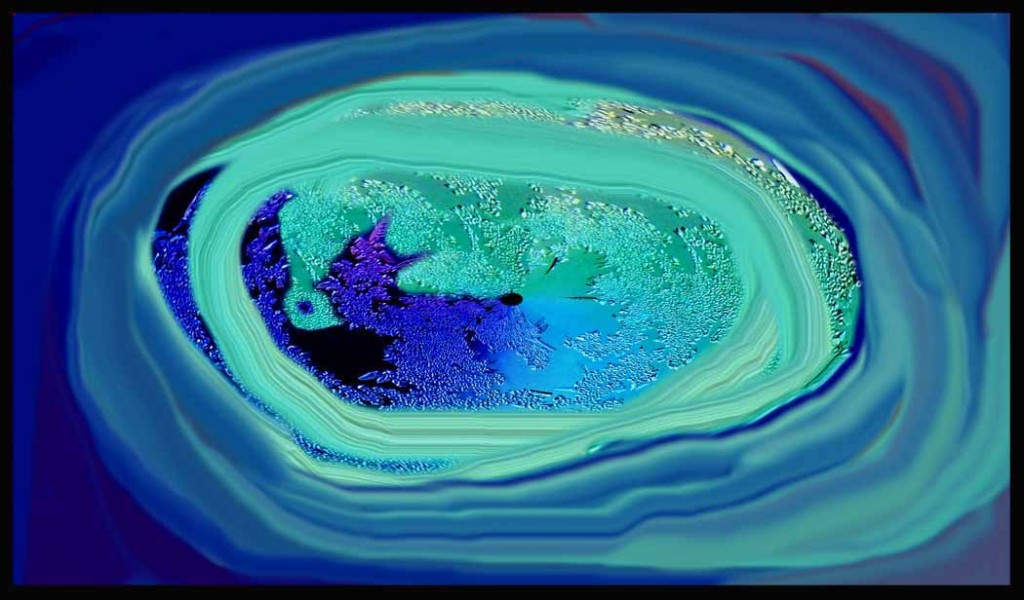
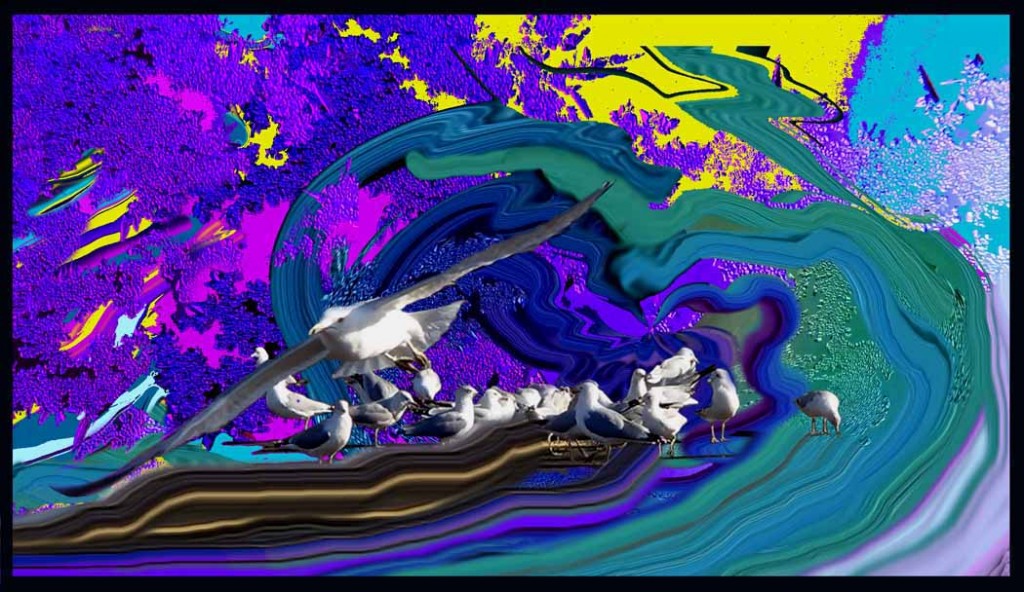
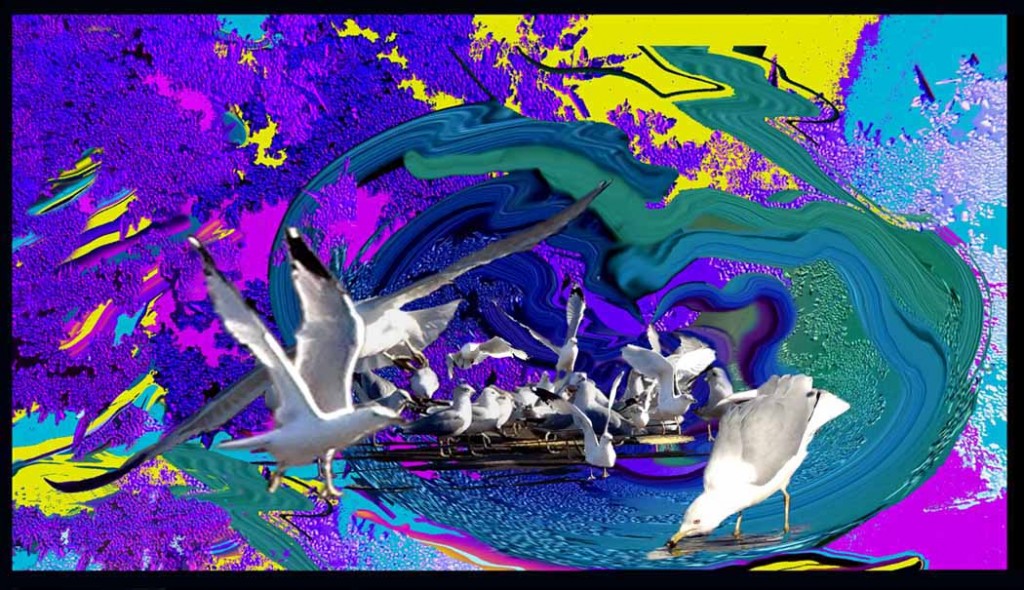
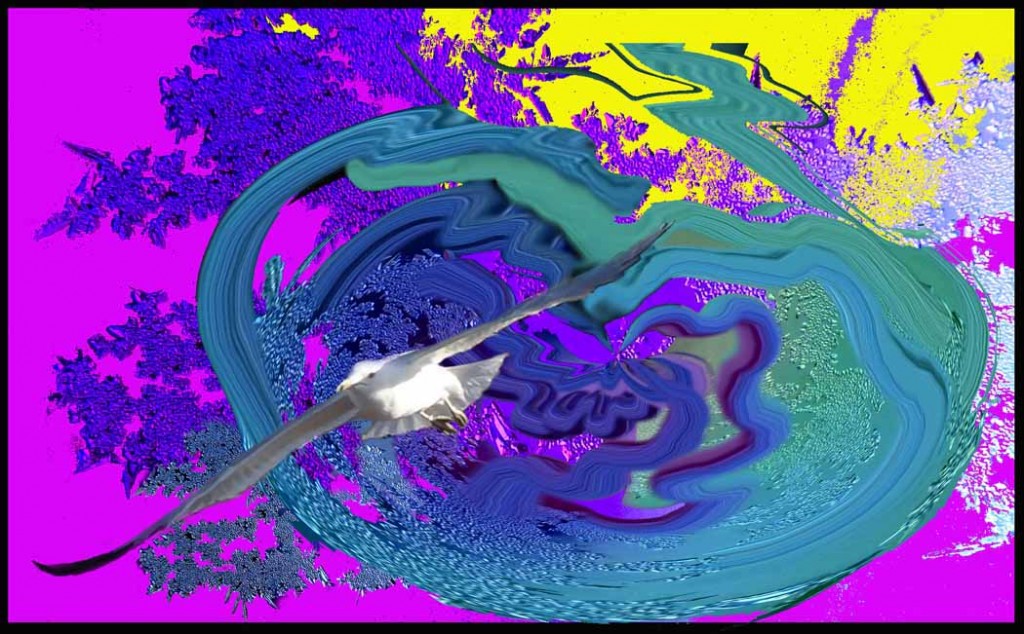
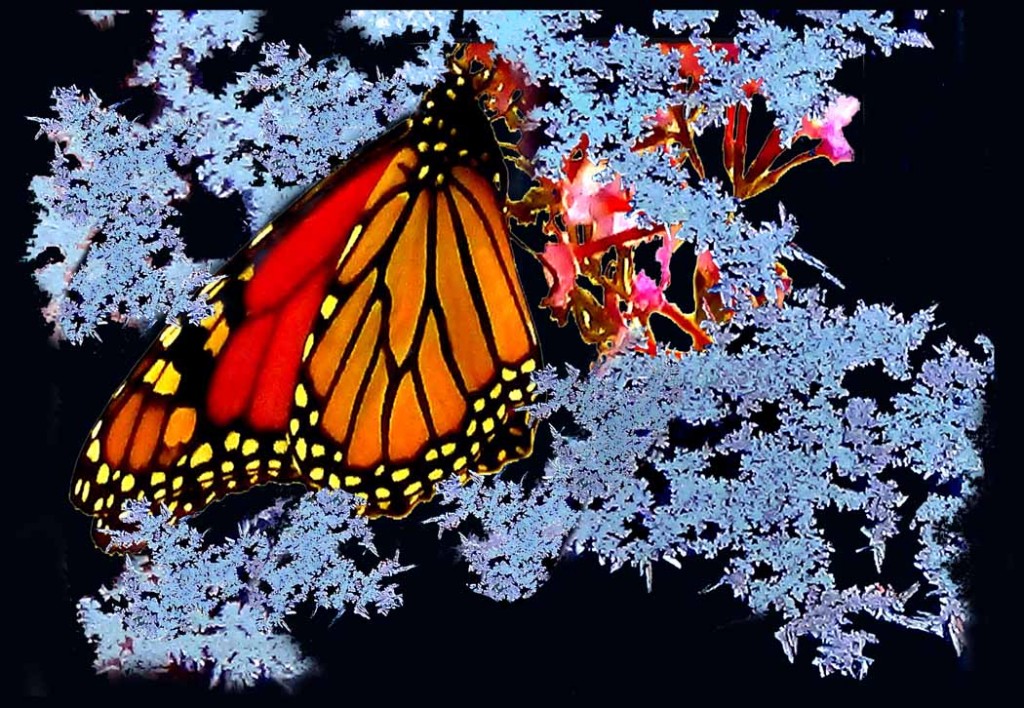
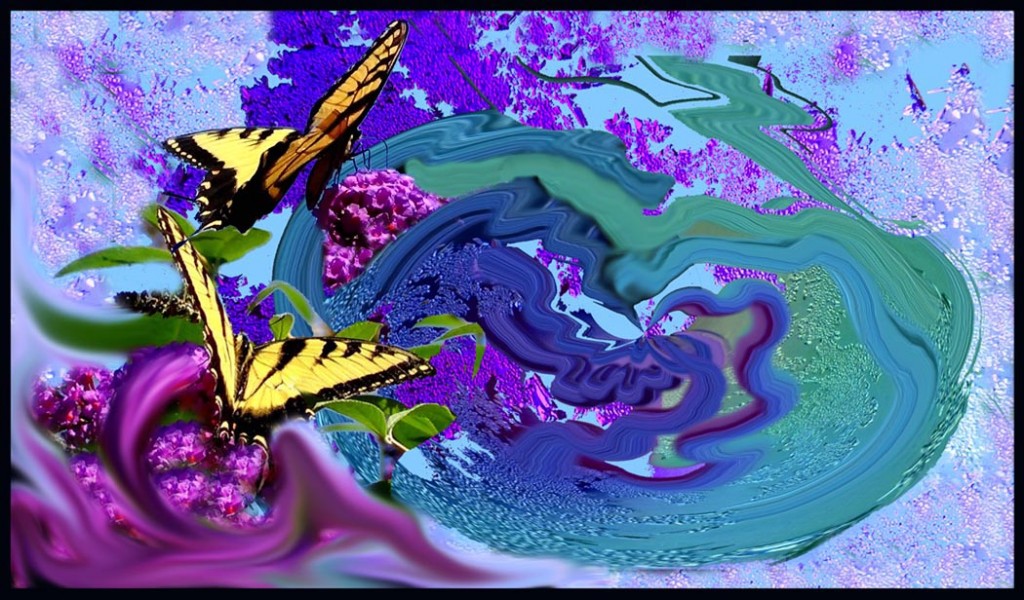
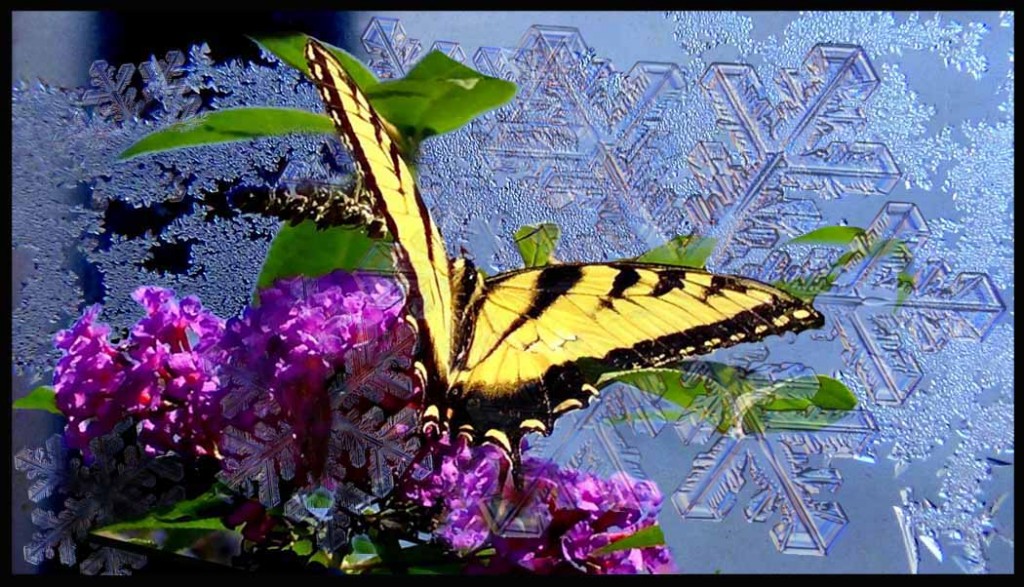



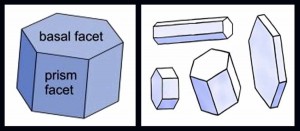
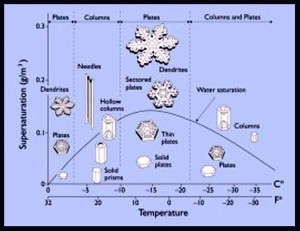
Leave a Reply